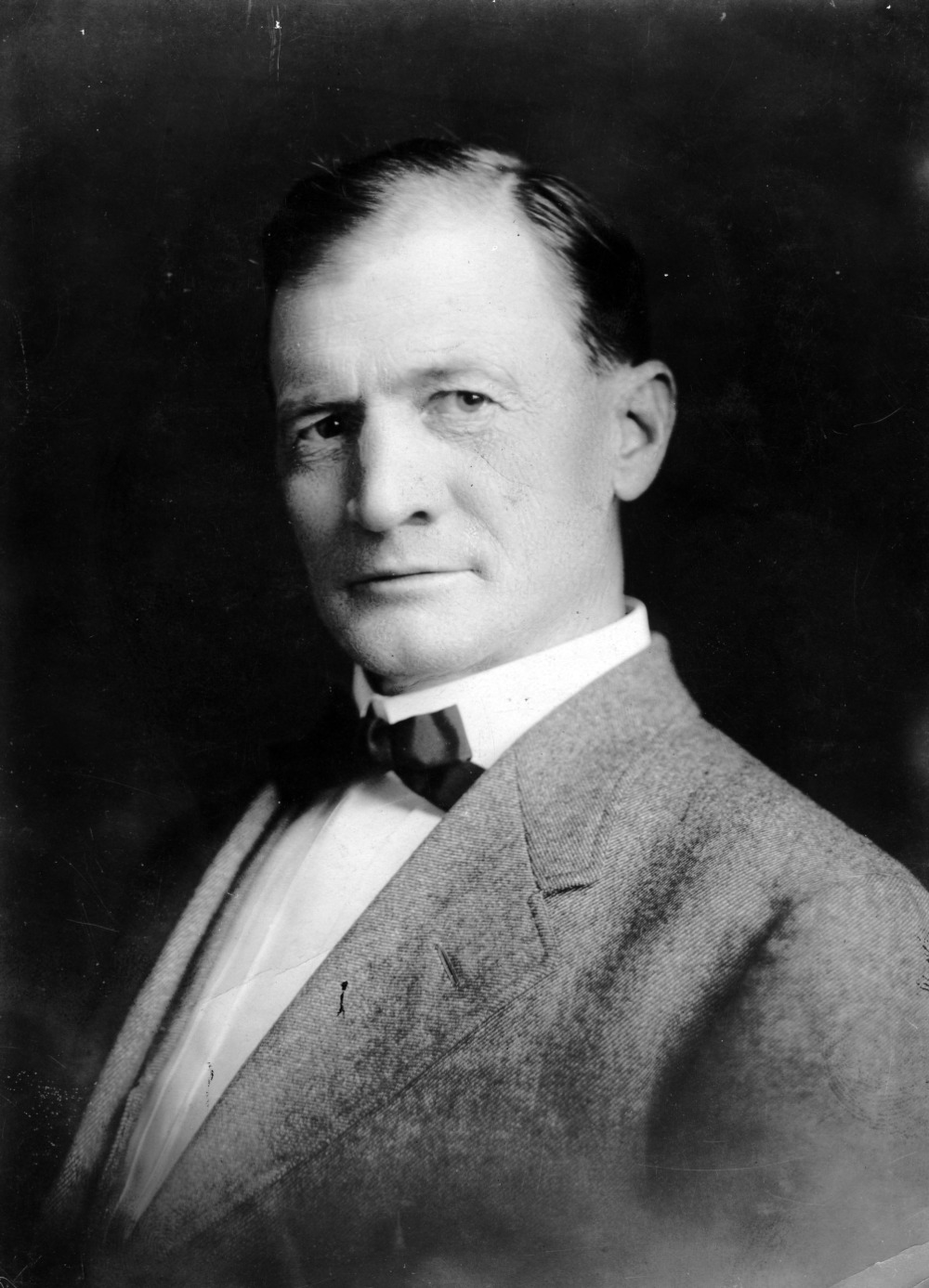
NC State During World War I
In commemoration of the 100th anniversary of U.S. participation in World War I, Special Collections News continues its examination of the impact that the war had on NC State students, faculty, and campus. Visit our previous post on NC State during WWI, as well as the post by our colleagues at the NC State News blog. The post below will look at changes in enrollment and student academic performance.
Enrollment Sank . . .
The war destabilized enrollment at NC State. Shortly after the United States declared war on 6 April 1917, approximately 100 students withdrew from the college, even before the school year ended. The total enrollment was less than 800 during the 1916-1917 academic year, so the early departures were significant. As President Wallace Carl Riddick reported to the Board of Trustees in May 1917, “a majority of those withdrawing have entered some phase of military service, while quite a number have gone home to work on the farms, having been induced to do so by the shortage of labor and the active food-production propaganda which is being spread throughout the state.”

The 1917-1918 academic year saw considerably fewer students at NC State–just 629 according to Riddick’s May 1918 report to the Board of Trustees. The junior and senior classes were halved, all graduate students had departed, and considerably fewer people had taken the short courses. (During the early twentieth century, short courses of eight weeks or less provided training to Agricultural Extension Service agents, farmers, and other rural citizens.) Riddick noted that the decrease “. . . is no doubt due to the fact that many men who would have taken these courses have enlisted in military service.
. . . Then Spiked
Enrollment swung in the other direction during the following year, 1918-1919. It jumped to more than 1000 students in both full semester courses and short courses, and this was the largest enrollment at NC State up to that time. Nearly 600 of those enrolled came to NC State because of the Student Army Training Corps (SATC), a U.S. military program designed to provide simultaneously college education and military training. SATC completely replaced the ROTC program at NC State during the Fall 1918 semester.
“Disturbing Effect” on Students

In President Riddick’s reports to the Board of Trustees, he repeatedly lamented the effect that the war had on student academic performance. As early as May 1917, just as one month after the war declaration, he complained that some students “. . . have simply given way to that tendency . . . to quit studying when anything exciting happens.” A year later he claimed that there remained “. . . a feeling of unrest among our students,” caused by them foregoing class and study ” . . . to take part in many parades and public exercises in behalf of the Red Cross, Y.M.C.A., Liberty Bonds, and other special war work.” This had a “disturbing effect,” he claimed, yet admitted that “the work of our students has, I believe, been about up to average.” Fall 1918 saw the worst disruptions because of confusion from the newly implemented SATC program and an influenza epidemic. Riddick merely commented, “we could hardly have expected that the work of the students would be up to the usual standard . . . .” In future posts Special Collections news will report more on the effect of the SATC program and the flu epidemic on NC State.
NOTE ON SOURCES:
The above post is primarily based on information in reports that President Wallace Carl Riddick made to the Board of Trustees. These reports are filed with the Board of Trustees Minutes. Similar information, although much condensed, also appears in the 1918 and 1919 Agromeck yearbooks.